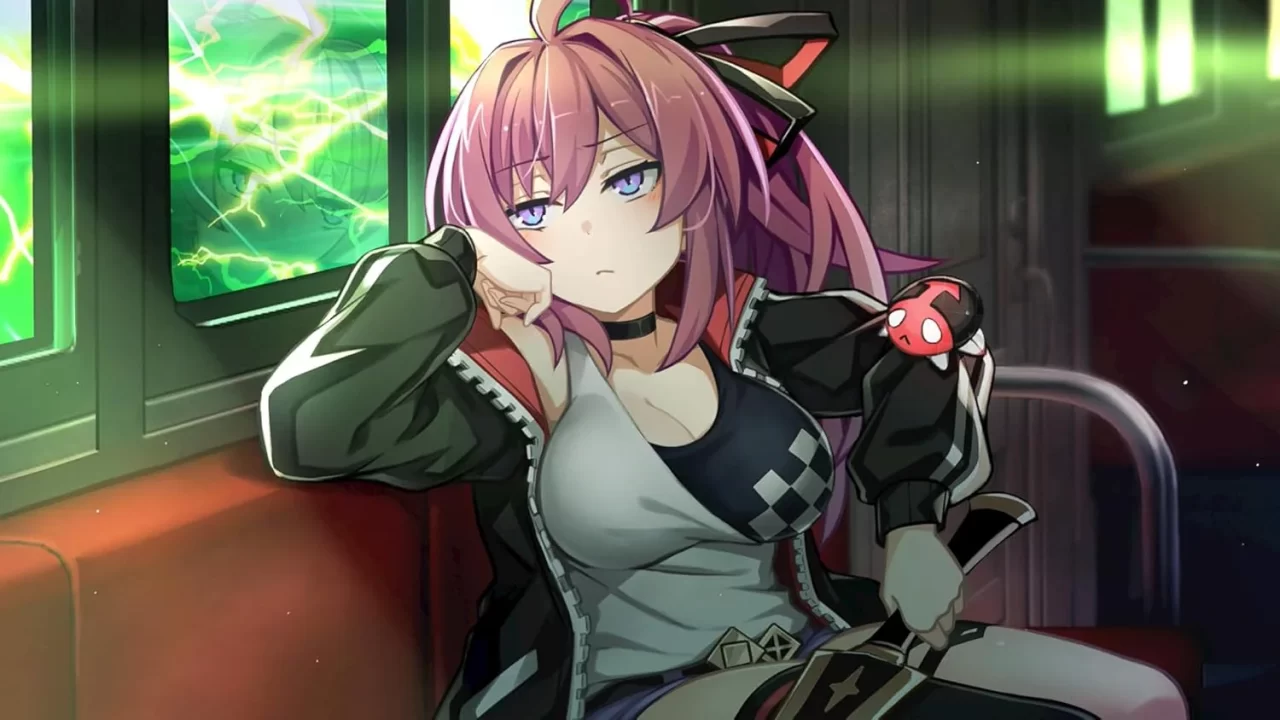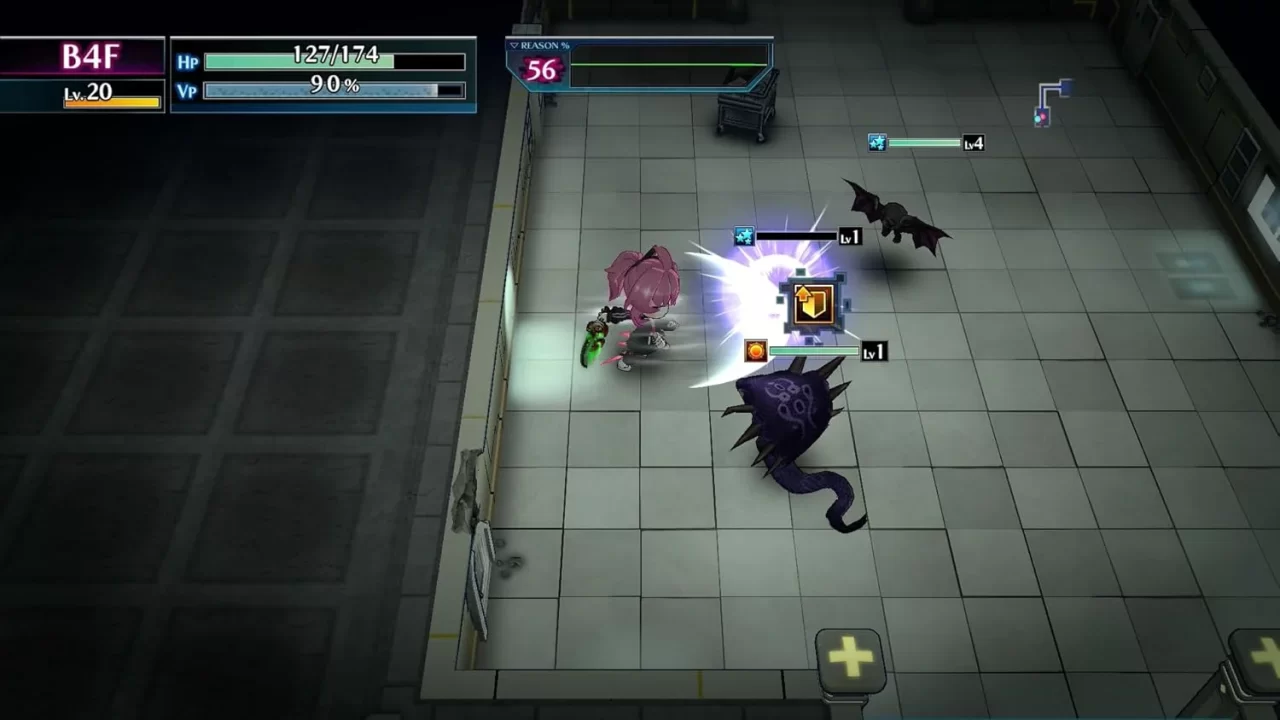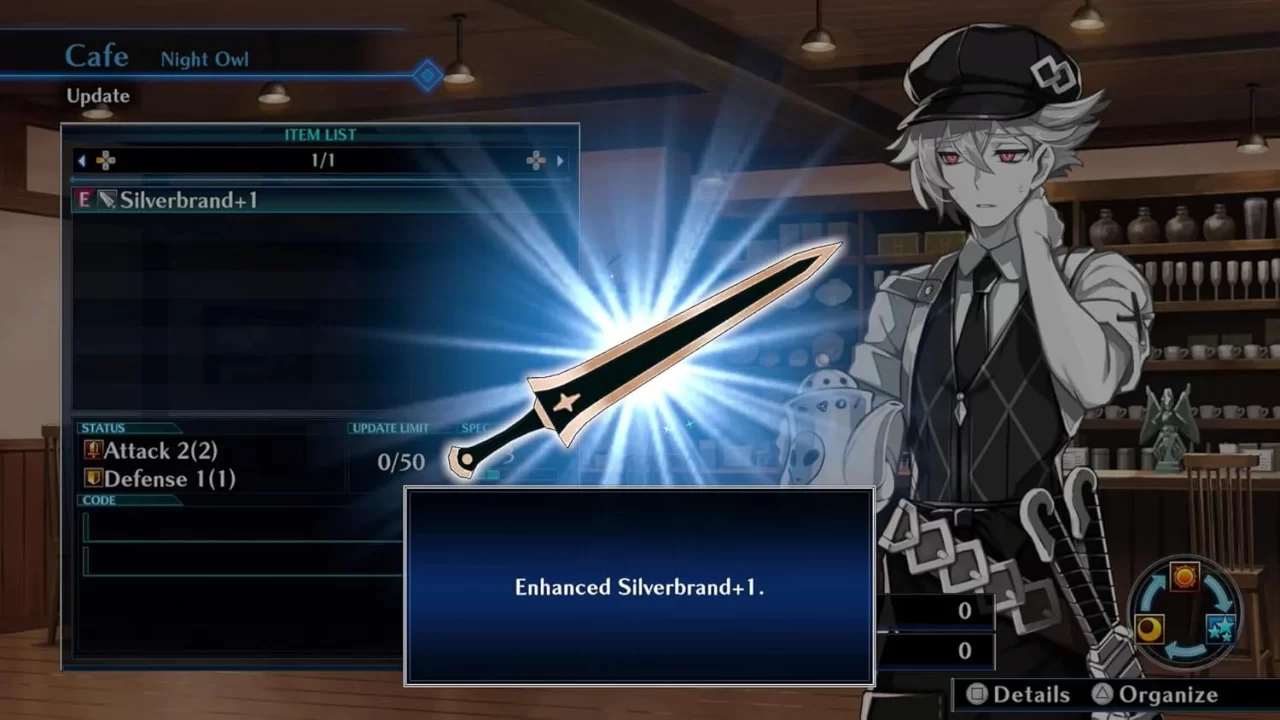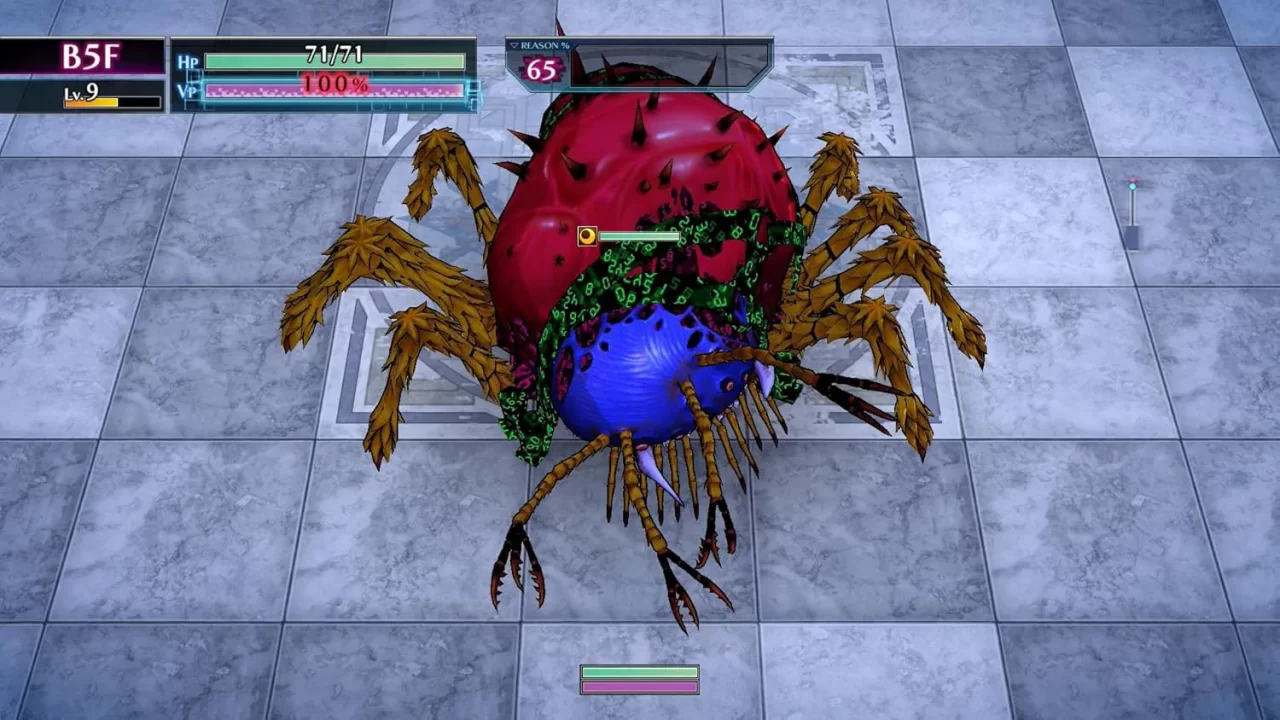The Death end re;Quest series is a strange but enjoyable mixture of disturbing horror visual novels and RPGs. They’re often experimental and overly ambitious in the gameplay department, but the VN side has a lot of charm and heart thanks to a cast of endearing, fun, and memorable characters. As part of Idea Factory and Compile Heart’s “Galapagos RPG” brand—comprising some of their better games, such as Dragon Star Varnir (and some of their worst: Arc of Alchemist)—the Death end re;Quest duo is one of their most successful series outside of their flagship Neptunia series. The newest Death end re;Quest game dives into the roguelike mystery dungeon subgenre, yet the change leaves much to be desired.
Death end re;Quest Code Z is a side story, taking place in an alternate world after the events of the previous games. While this allows a collection of unique “What If?” scenarios to unfold, it quickly feels like the story is little more than fanfiction without much substance. Players control a new protagonist named Sayaka. At first glance, Sayaka is a newcomer to the series, yet those with a keen eye may notice some similarities to one of the original Death end re;Quest’s villains. Early on, the game identifies Sayaka as one of the villains from the first game, yet her story was locked behind paid additional character DLC. In said DLC, players convert the villain to their side and can obtain an ending where they turn over a new leaf. Unfortunately, this character development is completely lost on new players and those who didn’t bother with the admittedly expensive character DLC.
As a side story, Code Z is full of references to events from the prior games; the sheer volume is both overwhelming and questionable. The intention is for abundant familiar faces to be a treat for series fans, yet seeing well-known characters acting in bizarre ways feels strange, if not distasteful. One of the protagonists from the previous games acts like a crazed lunatic bent on destruction. Series veterans may find his descent into madness plausible due to the original game’s story, but the portrayal is edgy, over-the-top, and completely devoid of nuance. The piece I found most distasteful was the inclusion of Koji Touyama—Death end re;Quest 2 protagonist Mai Touyama’s drunken, abusive father. In Code Z, he works alongside his daughter at a game company and they have a positive yet strained relationship. It’s hard to look at Mai and her father interacting normally, knowing the torture she went through and how she murdered him in Death end re;Quest 2’s opening. Events such as this make the game feel like an Alternate Universe fanfiction.
Code Z is a mystery dungeon roguelike through and through. Players explore randomly generated dungeons, collect items, defeat enemies, and descend deeper into darkness until finding powerful bosses with notable loot. Every enemy moves in response to player movement, giving the game a pseudo-turn-based feel and allowing for a subtle touch of strategy. Dungeons are grid-based, with the character moving one tile at a time. Traps lie scattered along every dungeon floor, with effects like damaging the character or inflicting status effects. Some traps outright teleport the player to the other side of the map, which can be both beneficial and detrimental, as items and/or enemies may lie at the end of each teleport point. Gear upgrades are available, though upgrade materials are sparse. It’s also possible to improve via skill points, which are rewarded upon dying in a dungeon.
Prior Death end re;Quest games feature turn-based combat systems with three combatants. Combat there is experimental yet delightfully janky. The systems encourage combining moves (à la SaGa’s sparking system) into combos, launching enemies into traps and other characters, and pinballing foes all around the map in an amusing and incredibly powerful display of force. Code Z, however, lacks this due to the absence of a party to speak of. Players control Sayaka as she trudges through dungeons alone for the most part, occasionally finding a partner at the end to extract. The game is more akin to a horror-themed version of Pokémon Mystery Dungeon or Shiren the Wanderer, yet it lacks the charm of either.
Code Z plays with the concept of sanity, which ticks down as players progress through dungeons. As the meter reaches 50%, the screen becomes laden with visual glitches and a heavy pulse. In theory, this should create a sense of tension and fear that aligns with the series’ horror elements. Yet, in practice, it serves only as an annoyance. Ether codes, which are scattered through dungeons, restore your sanity. While one might stock up on these to ensure unhindered progress, limited inventory slots make this more difficult. Players can drop items on the ground for later use, yet they vanish upon exiting the dungeon. This makes inventory management a pain when juggling healing items, buffs, and special attacks.
Death end re;Quest Code Z has gorgeous character art, as was the case with the prior games. Kei Nanameda excels in creating vibrant, unique, and memorable characters. Thanks to the use of Live2D, the characters are more vivid and lifelike, ensuring their interactions feel more fluid despite most scenes being little more than talking bust-ups. The 3D portions of Death end re;Quest games are historically rough, yet they capture the vibe of the 2D art. Code Z opts for a chibi-style aesthetic in dungeons, which gives the game a cuter appearance. Enemies feel less threatening and bosses are nowhere near as unsettling as they would be at full size like the previous games.
Code Z’s soundtrack is one of its strongest aspects, though that’s no surprise given much of the music comes from the previous games. The series has always had a charming soundtrack in every regard, and Code Z carries this forward with soothing melodies in the overworld and charming themes in the city. However, Death end re;Quest Code Z is lacking one crucial element that makes the series truly special: the English dub. Usually, this would be a minor grievance, given many Japanese RPGs release in the West with no dub, but the Death end re;Quest games have a fantastic English voice cast. In my review of Death end re;Quest 2, I praised the English voice talent for going above and beyond to create unforgettable performances, especially during the most horrific and gruesome endings that still haunt me to this day.

The Death end re;Quest games have plenty of issues in the gameplay department, be it janky combat, experimenting with “hacking” the battle system, or confusing dungeons clearly designed to be a first-person dungeon RPG. Code Z sheds many of these issues, yet replaces them with new ones. The dungeons in Code Z are frankly uninteresting in most instances. Each floor looks the same due to their randomized nature, and there is little rhyme or reason as to why the dungeons exist in the first place. The sanity system also feels unnecessary, and the combat feels shallow in comparison to the prior games.
The characters in the Death end re;Quest series can be endearing, even when they’re talking about nothing in particular. Code Z, in contrast, is rife with vapid conversations, seemingly fluff to inflate a word count or scene quota more than anything notable. Time and time again, I found myself skipping through conversations with minor side characters as they repeated how beautiful they think a given character is. There’s no particular character development to be had, given 90% of the cast are alternate versions of familiar faces.

Code Z focuses on the titular Death ends—gruesome game overs that are meant to be shocking and disturbing based on choices made throughout story events. In Code Z, these Death ends happen when the character player dies to traps, enemies, and bosses. This is where the horror elements emerge, leading to incredibly uncomfortable depictions of textual gore. In previous games, these grim fates were a punishment, yet in Code Z, they feel like a strange reward. As Sayaka meets her end, she gains skill points that increase her stats to make the journey easier. Thus, if the player wants to get stronger, they should die more. Such a reward feels counter to the series, and given Sayaka’s role in Death end re;Quest Code Z, it makes guiding her to a horrible death to gain skill points both uncomfortable and unsatisfying.
Death end re;Quest Code Z is a game that had me constantly questioning who it was for. As a fan of the series, I wasn’t particularly interested in a mystery dungeon roguelike and found myself barely engaging with the combat. I also don’t see mystery dungeon fans being starved enough to pick up Code Z. If they were to stumble across the game, I can’t imagine they’d stick with it due to impenetrable story that is little more than a “What If?” scenario laden with references, hints, and nods galore. As a Death end re;Quest game, Code Z offers the bare minimum of what I expect from the series. While it may not have the lows of its predecessors, it also lacks the emotional highs and rewarding gameplay elements. As Death end re;Quest 3 has been in development for a while now, Code Z serves as little more than a detour. While not particularly bad by any means, Code Z is simply the least interesting entry.




